What is the tolerance range of precision screws?
What is the tolerance range of precision screws?
Service Hotline
+86760-8787 8587We have more than ten years of production experience in the screw industry, the main products are: dome head round cup screws, hexagon socket head screws and bolts, 304 small flat washers, rubber plug expansion rubber plug 6m screws, environmental rivets, dome head socket head cap screws, small head semicircle screws Head square neck carriage bolts, nut sets, combination bolts and screws, DIN557 square nuts, U-bolts, screw nuts, GB118 internal thread pins, GB834 screws, square clip right-angle U-shaped screws, extra-fine galvanized bolts and other fasteners, Due to the different materials and specifications of the products, the prices are also different, please contact us if necessary.


With the development of science and technology, the advancement of technology, the rapid change of automotive products, also put forward higher requirements for fastener products, and automotive fastener-related products, especially in the process of assembling auto parts, in order to effectively improve the bolts The fastening strength is mostly made of combined gaskets (flat gaskets, cone gaskets) and riveted nuts to meet the assembly requirements.
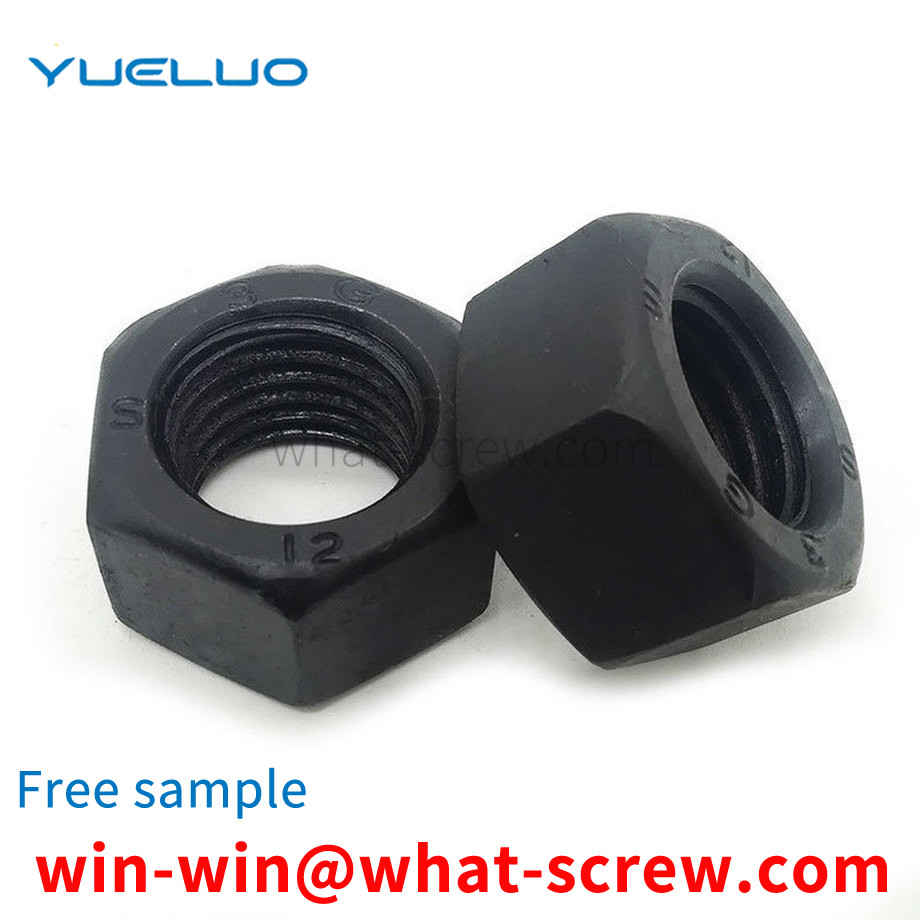
Ordinary T-bolts, the bolt head is rectangular, the screw part and the bolt head are T-shaped, and the width of the head is smaller than the width of the opening part of the T-slot, so that the head of the T-bolt can extend from the length of the T-slot. Insert the T-slot into the T-slot at any position in the direction. When the workpiece needs to be fixed, turn the T-bolt 90 degrees so that the length of the head is perpendicular to the T-slot, hook the inside of the opening of the T-slot, and screw it by tightening The nut on the T-bolt threaded rod holds the workpiece in place. The T-bolt of this structure can easily connect the bolt and the base piece quickly, and is widely used, but there are also some shortcomings, due to the contact area between the head of the T-bolt and the inner side of the opening of the T-slot. If it is too small, the frictional resistance is correspondingly small. On the one hand, the bolts are easy to follow the rotation during the process of tightening the nut. Unreliable.
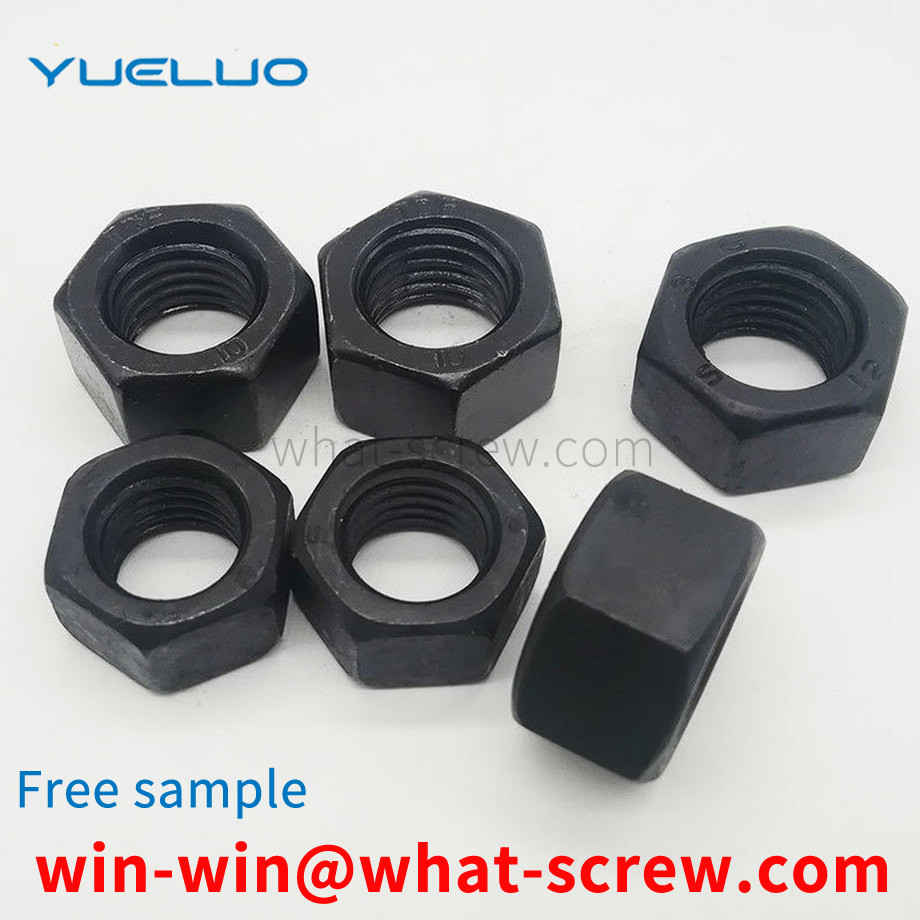
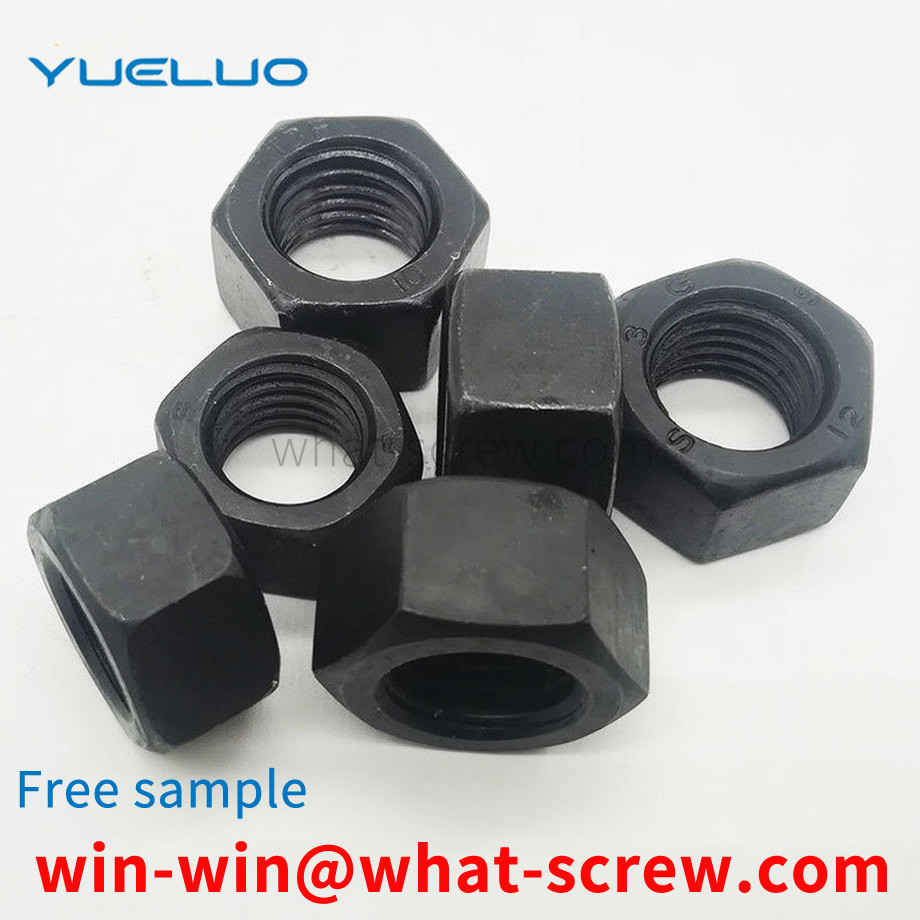
The Greek mathematician Arkutas once described the principle of screw, screw, screw. In the first century AD, the Mediterranean world had begun to use wood screws, screws, and screws in screw presses that could press olive oil from olives, or make wine from grapes. Before the fifteenth century, metal screws, screws, screws were rarely used as fasteners in Europe. Rybczynski (Rybczynski) proves that hand-held screwdrivers and screwdrivers existed in the Middle Ages (at the latest AD 1580), but it was not until the eighteenth century that threaded fasteners were commercialized and began to be widely used. . Before threaded fasteners were widely used, there were many different ways of tightening. Mostly related to woodworking and forging, and less to machining, concepts such as dowels and pins, wedges, tenon and tenon, dovetails, nails, forge welding, and others are tied with leather or fiber and tied together. Before the mid-nineteenth century, ships were built with cotter pins, pin bolts, or rivets. There were also adhesives, but not as many as they are here today. Metal screws, screws, and screws became commonly used fasteners after the use of machine tools in the 18th century to mass-produce screws, screws, and screws. This technology developed around the 1760s and 1770s, along two separate processes. Approaches, but quickly converged: wood screws, screws, screws (metal screws for wood fixing, screws, screws) are machined with single-purpose, high-yield machines, and low-volume, mold shop style production V-Thread Machine Screws, Screws, Screws, can choose from a variety of different pitches.
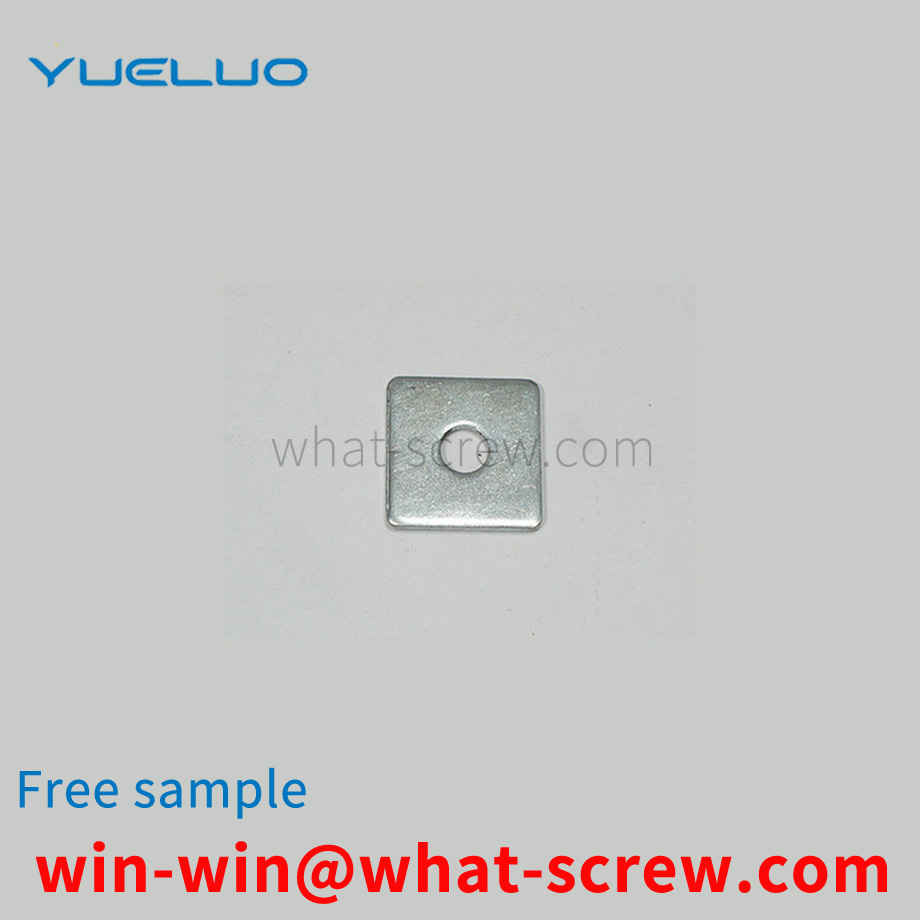
met a customer before, and the stainless steel screws needed by the company need to be prevented from loosening. Simply put, the stainless steel screw should be used on the product material so that the stainless steel screw will not fall off lightly. The screws are required to be more tightly connected with the product material. For the solution of stainless steel screw anti-loosening, there are two solutions. Next, the following two solutions to prevent loosening of stainless steel standard parts are presented. The first is to use the resilience of special materials, such as engineering resin materials, which have good resilience. Attach it to the stainless steel screw thread. Make it mechanically rub against the nut, or material product. Generate vibration and absolute resistance. Completely solve the problem of loose screws. The second, simply put, is to apply a layer of glue on the thread of the stainless steel screw, the so-called dispensing. This glue is called drop-resistant glue. This glue has good properties such as high stickiness and non-toxicity. This glue is applied to stainless steel screws, and when dry, it adheres extremely well. The stainless steel screw thread can be combined with the nut thread, or after the product threaded hole is joined, resulting in a super tightening effect. Play a super good anti-loosening effect.

The above content is uploaded by Yueluo or the Internet. If there is any copyright issue, please contact [email protected].

What is the tolerance range of precision screws?

How to choose the right stainless steel screw manufacturer?

Why is there an R angle under the head of the hexagon head s...

We have more than ten years of experience in screw industry ...
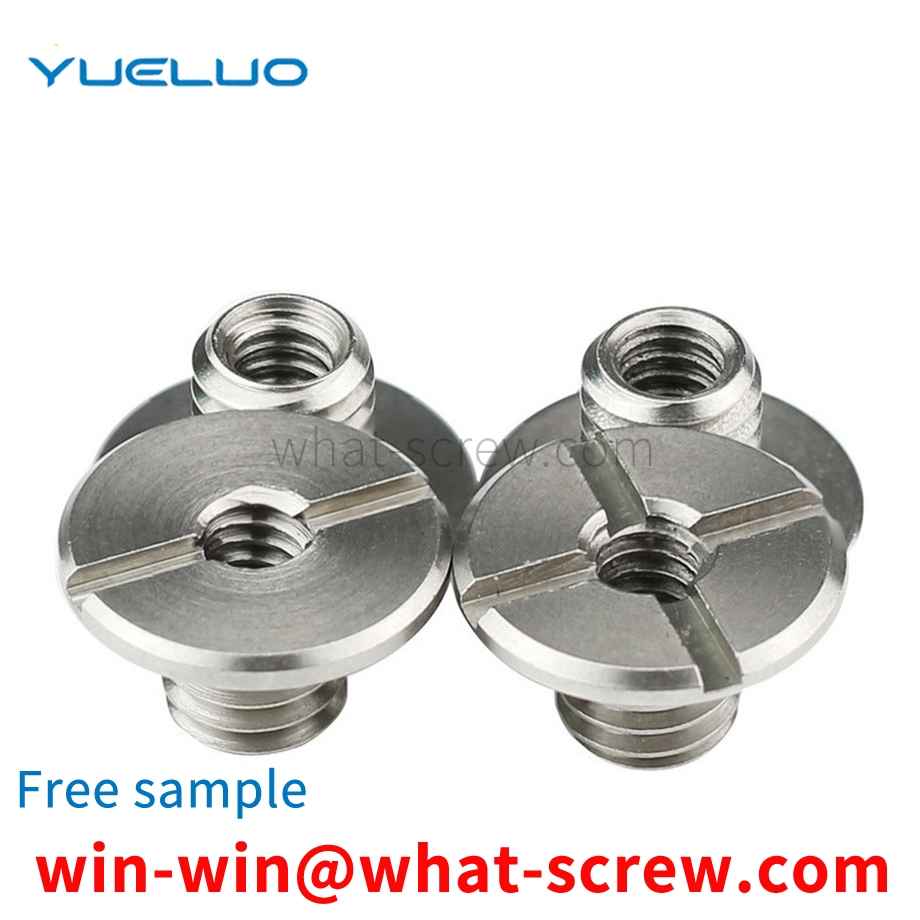
We have more than ten years of experience in screw industry ...
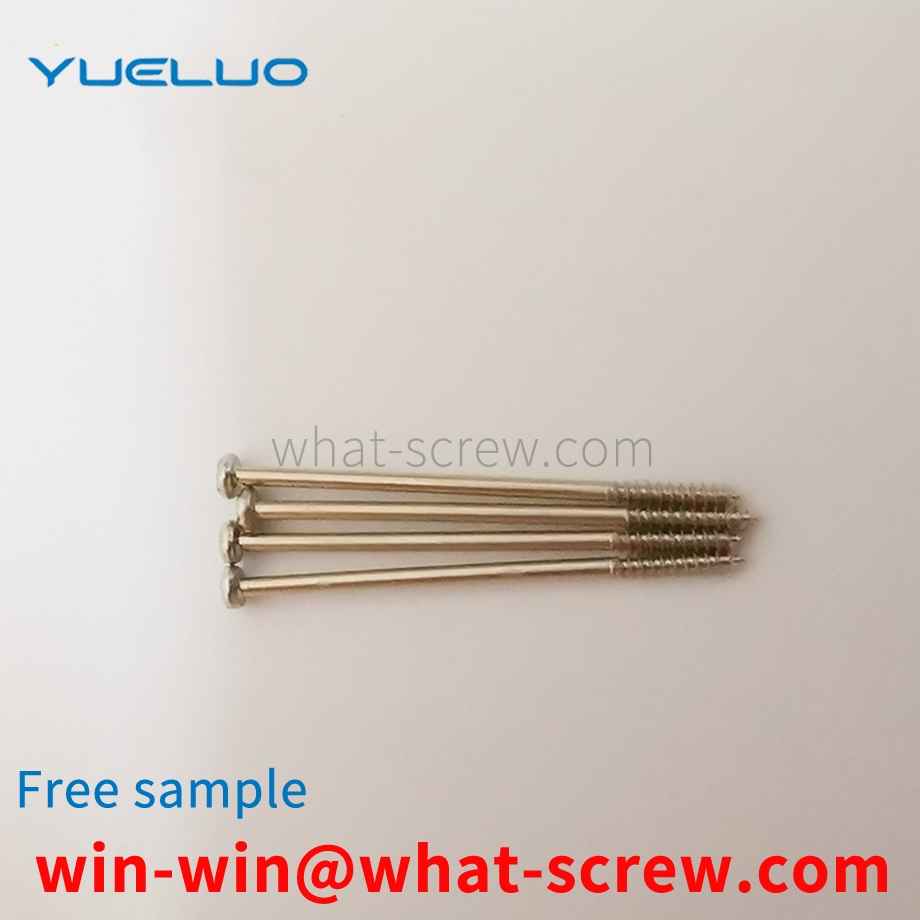
We have more than ten years of experience in screw industry ...
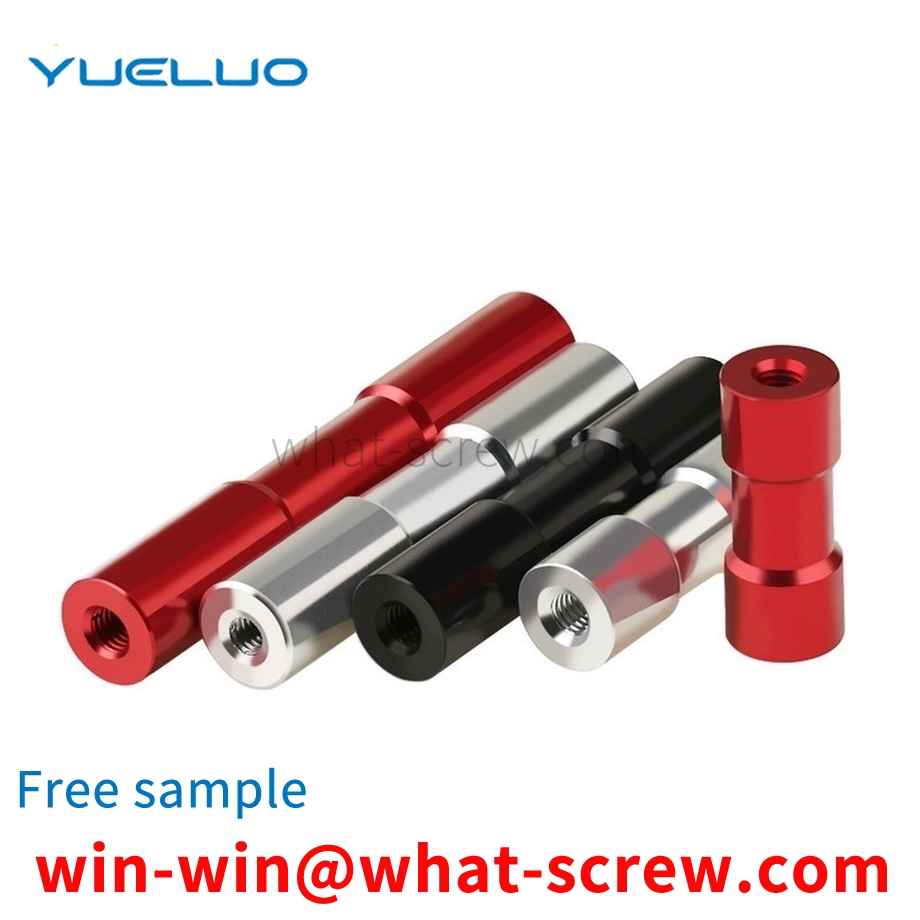
We have more than ten years of production experience in the ...